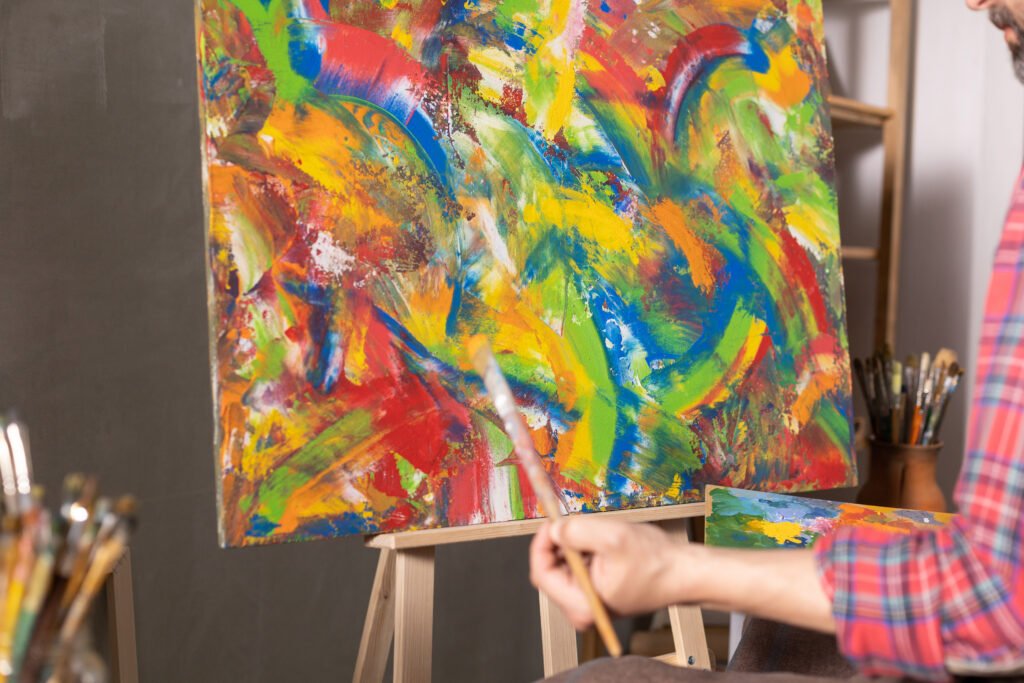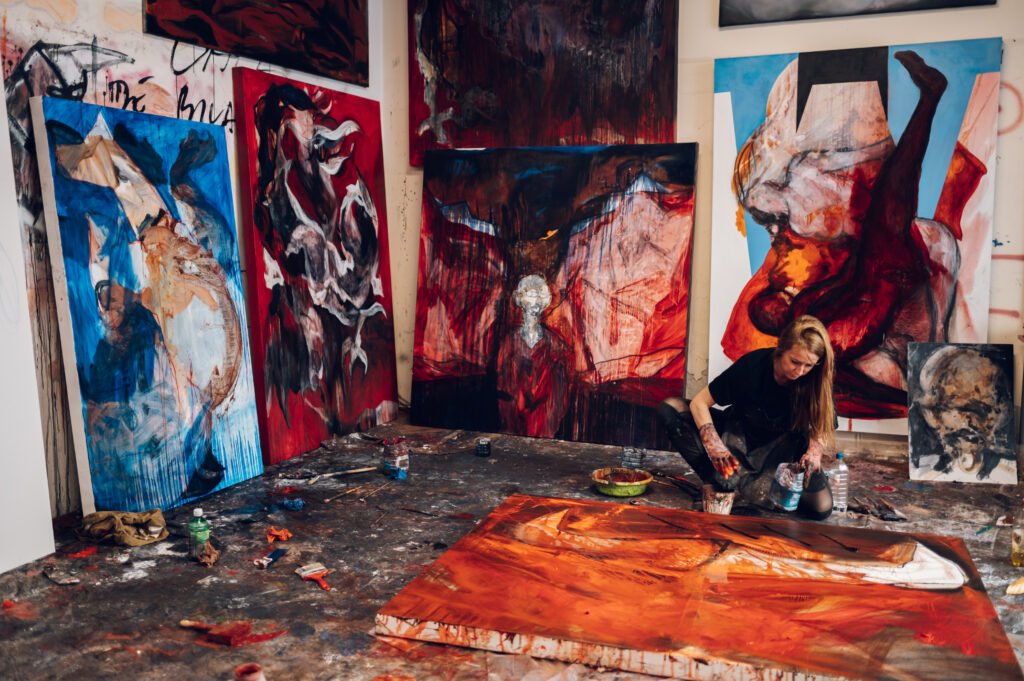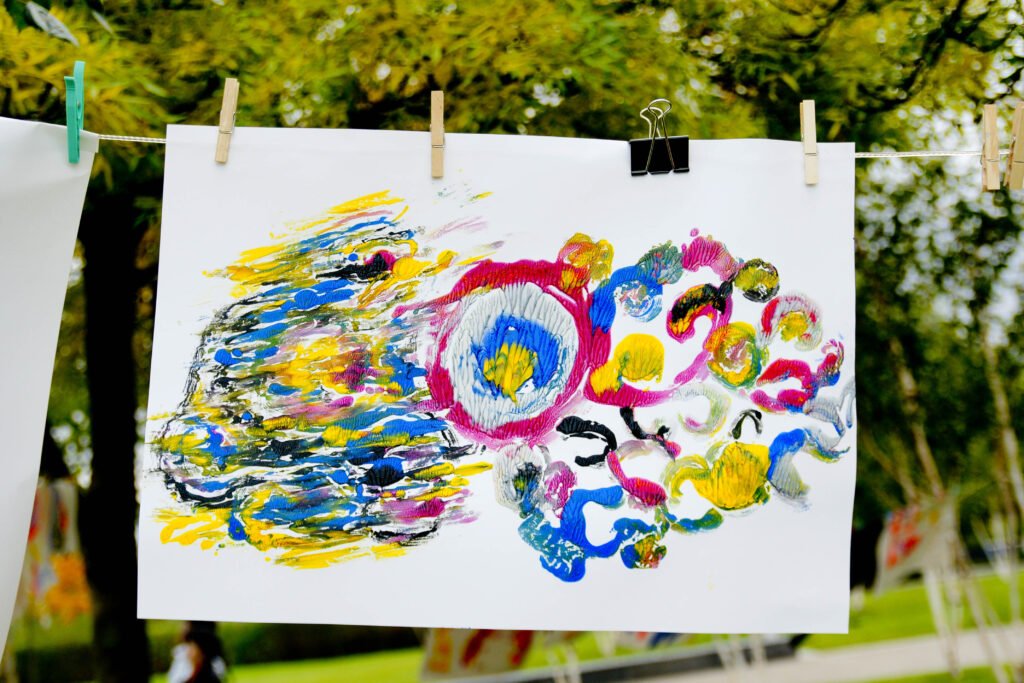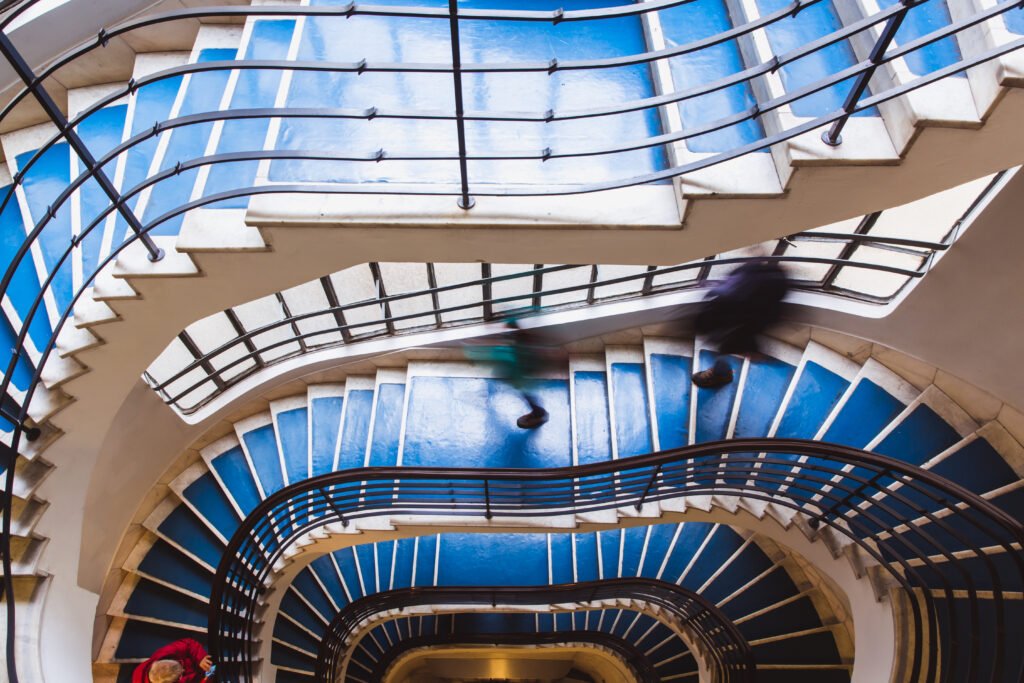Building an abstract art collection goes far beyond simply acquiring artworks. It involves strategic planning, market knowledge, and a vision aimed at the future appreciation of the pieces. For collectors looking to invest in abstract art, understanding the aspects that influence the market is essential to ensure that the collection grows in value and relevance over time.
In this text, we will address the main steps to build an abstract art collection focused on the market, highlighting where to buy art, how to choose works with potential, and the best places to buy art, including online options.
Understanding the Abstract Art Market: Trends and Opportunities
Before starting to acquire works, it is fundamental to know the current scenario of the abstract art market. According to the study Global Art Market Report by Art Basel and UBS (2023), the contemporary art segment, which includes much of abstract art, shows constant growth driven by international demand and the appreciation of emerging artists.
This growth creates opportunities for collectors seeking works with appreciation potential, especially when focusing on artists with promising careers and aesthetic innovation. The research Collector’s Preferences in Abstract Art by Sotheby’s Institute (2022) highlights that collectors value pieces that engage with cultural contexts and present technical originality.
Knowing market trends helps identify ideal moments to buy art and guide the collection toward segments with higher demand, increasing the chances of future appreciation.
How to Choose Works and Artists for an Abstract Art Collection
Choosing works and artists is the most decisive step in building a collection. It is important to seek diversity, both in styles and artistic trajectories, to create a rich and dynamic collection.

Observing the artist’s career is fundamental. Artists with exhibitions in recognized galleries, awards, and presence in public collections tend to offer greater security for investors. The study Artist Career Trajectories and Market Value by Harvard University (2021) points out that career progression is directly related to the appreciation of an artist’s works.
Moreover, it is recommended to evaluate originality, technical quality, and the dialogue the work maintains with current or timeless issues. For collectors interested in buying art online, specialized platforms offer filters and evaluations that facilitate selection.
Practical Tips for Buying Abstract Art and Building a Valuable Collection
Buying abstract art requires financial and strategic planning. Defining a budget and establishing clear acquisition criteria help maintain focus and avoid impulsive decisions.
The best places to buy art include traditional galleries, art fairs, and increasingly, digital platforms such as Artsy, Saatchi Art, and Artnet. These offer access to vast catalogs, with options for various profiles and price ranges.
When buying online, it is important to verify the artwork’s authenticity, provided certificates, and seller reputation. Participating in online events, auctions, and following market news are also recommended practices to keep the collection aligned with trends.
Combining Passion and Strategy to Build the Ideal Collection
Building an abstract art collection that combines a love for art with a strategic market vision is a rewarding and enriching process. By understanding market trends, selecting works with potential, and choosing the best places to buy art, collectors not only make financial investments but also contribute to the appreciation and preservation of contemporary art.
This union of passion and planning creates unique collections that can become cultural and economic references over time. Furthermore, the growth of digital platforms facilitates access to diverse works, bringing artists and collectors closer in an increasingly dynamic and globalized market.
Thus, building an abstract art collection means actively participating in a constantly evolving universe where each artwork represents not only an investment but also a story and a vision for the future.



